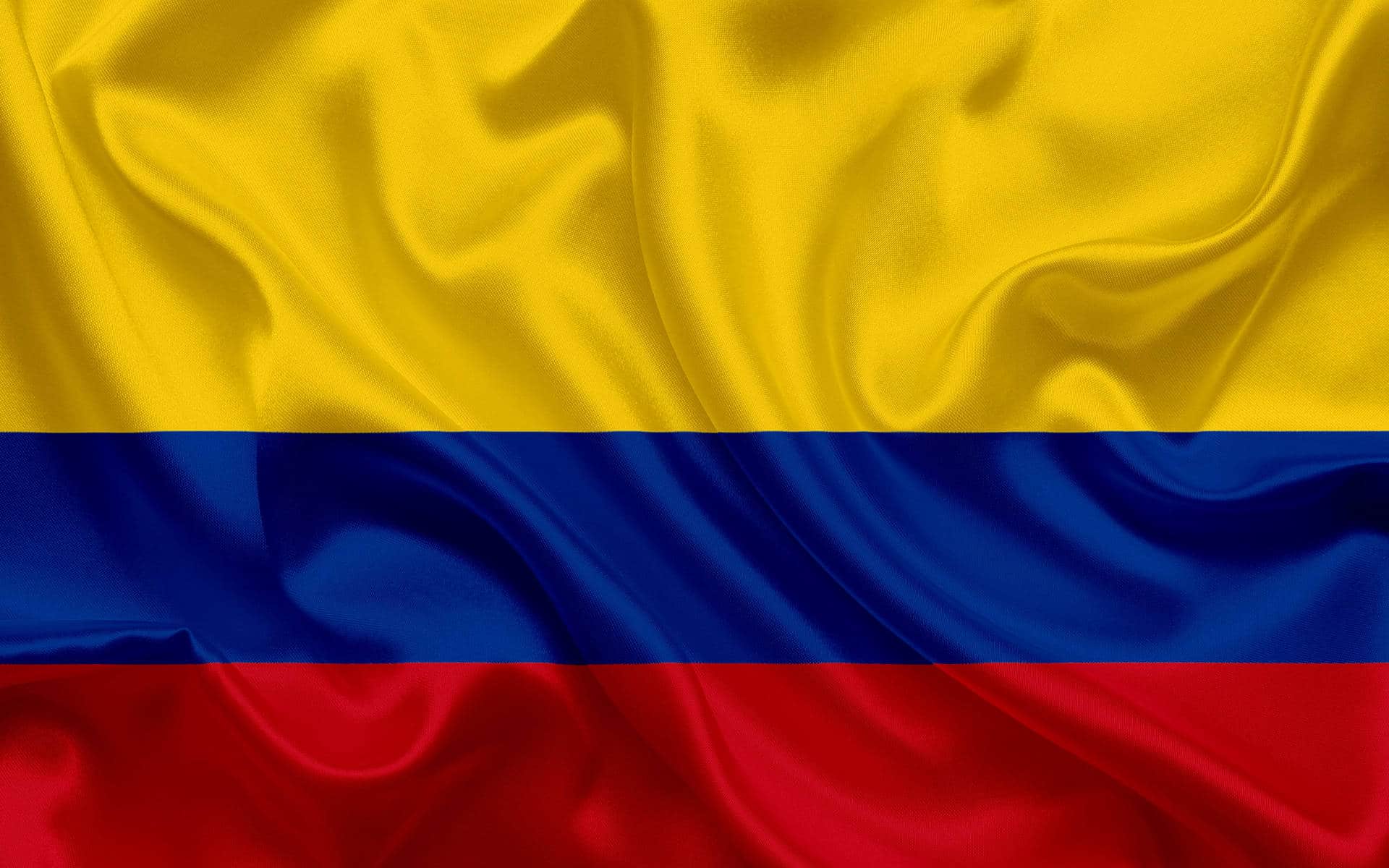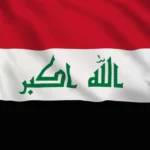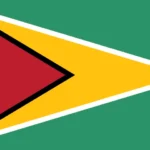
Welcome to the vibrant tapestry of Colombia, a country steeped in rich history, cultural diversity, and natural wonders. From its fervent quest for independence to the rhythmic beats of the Carnival of Barranquilla, Colombia captivates with a myriad of fascinating facts and figures. Join us on a journey through the heart of this South American nation as we explore its highest peaks, longest rivers, and the legacy of literary giants like Gabriel García Márquez. Discover the significance behind the hues of the Colombian flag, the obligatoriness of military service, and the economic strides propelling Colombia onto the global stage. This exploration delves into the intricate threads that weave together the unique fabric of Colombia’s past and present.
Independence Date: Colombia’s struggle for independence from Spanish rule began on July 20, 1810, with the establishment of the Junta de Santa Fe. This event marked the first step towards liberation in the broader context of Latin American independence movements. Over the next decade, battles and negotiations unfolded, leading to the official declaration of independence on July 20, 1819. Simón Bolívar, a key figure in the Latin American Wars of Independence, played a crucial role in liberating Colombia and several other South American nations.
Official Name: The Republic of Colombia, as it is officially known, was named in honor of Christopher Columbus, the explorer who played a significant role in the discovery of the Americas. The name reflects Colombia’s historical ties to Spanish exploration and colonization.
Capital City: Bogotá, the capital and largest city of Colombia, is situated at an impressive altitude of 2,640 meters (8,660 feet) above sea level in the Andean region. Its high-altitude location has earned it the nickname “The Athens of South America.” The city boasts a rich cultural heritage, with a historic downtown area filled with colonial-era architecture and numerous museums and galleries.
Population: As of January 2022, Colombia had a population exceeding 50 million people. This diverse population comprises various ethnic groups, including Mestizo, Afro-Colombian, Indigenous, and European descent, contributing to the country’s cultural richness.
National Anthem: Colombia’s national anthem, “Oh gloria inmarcesible” (O Unfading Glory), was adopted in 1920. The lyrics were written by Rafael Núñez, a former president of Colombia, and the music composed by Oreste Sindici. The anthem is a symbol of Colombian pride, reflecting the nation’s history, landscapes, and aspirations.
Currency: The official currency of Colombia is the Colombian Peso (COP). Introduced in 1810, the peso has undergone various transformations, and today, it is issued by the Banco de la República. The exchange rate and the stability of the Colombian Peso are crucial factors in the country’s economic landscape.
Presidential Terms: The political landscape of Colombia includes a presidential term of four years, with the possibility of re-election after a non-consecutive term. This political structure aims to ensure a democratic process while allowing experienced leaders to contribute to the nation’s development.
UNESCO World Heritage Sites: Colombia takes pride in its six UNESCO World Heritage Sites, each representing a unique aspect of the country’s cultural and natural wealth. These include the Historic Centre of Santa Cruz de Mompox, an exceptionally well-preserved colonial town, and the Coffee Cultural Landscape, recognized for its contribution to sustainable coffee production.
Gabriel García Márquez: Gabriel García Márquez, born on March 6, 1927, in Aracataca, Colombia, is a literary giant celebrated for his magical realism. Awarded the Nobel Prize in Literature in 1982, García Márquez’s most famous works include “One Hundred Years of Solitude” and “Love in the Time of Cholera.” His contributions to literature have left an indelible mark on Colombian and world culture.
Emerald Capital: Often referred to as the “Emerald Capital of the World,” Colombia is a major producer of high-quality emeralds. The Muzo, Chivor, and Coscuez mines are renowned for yielding some of the most exquisite emeralds globally, contributing significantly to Colombia’s gemstone industry. The country’s emerald trade has a rich history dating back to pre-Columbian times, and Colombian emeralds are highly sought after in the international market for their unique color and quality.
Highest Mountain: Pico Cristóbal Colón, standing at an impressive 5,700 meters (18,700 feet) above sea level, is the highest mountain in Colombia. Part of the Sierra Nevada de Santa Marta mountain range, this peak symbolizes the country’s diverse and challenging terrain. The Sierra Nevada de Santa Marta is noteworthy for hosting various ecosystems, from tropical rainforests to glacial zones.
Longest River: The Magdalena River, stretching approximately 1,528 kilometers (949 miles), holds the distinction of being the longest river in Colombia. It traverses the country from south to north, playing a crucial role in transportation, agriculture, and the historical development of various regions along its course.
Biodiversity: Colombia is globally recognized for its astounding biodiversity, harboring around 10% of the world’s known species. The country’s diverse ecosystems include the Amazon rainforest, the Andes Mountains, and the Pacific and Caribbean coasts. This wealth of biodiversity makes Colombia a priority for conservation efforts and ecotourism.
FARC Conflict: The Colombian conflict involving the Revolutionary Armed Forces of Colombia (FARC) spanned over five decades, officially ending with a peace agreement in 2016. The conflict left a profound impact on the nation, affecting communities, politics, and the economy. The peace process aimed to address longstanding issues and foster reconciliation.
Coffee Production: Colombia stands as one of the world’s leading producers of coffee, particularly renowned for its high-quality Arabica beans. The Coffee Cultural Landscape, designated as a UNESCO World Heritage Site, showcases the traditional coffee-growing practices that have defined Colombian agriculture for centuries.
Cocaine Production: Regrettably, Colombia has been historically associated with cocaine production, contributing to global drug trafficking issues. The production and trafficking of illegal drugs have posed significant challenges for the Colombian government and society, impacting security and international relations.
Shakira: Born on February 2, 1977, in Barranquilla, Colombia, Shakira is an internationally acclaimed singer, songwriter, and philanthropist. With numerous awards, including multiple Grammy Awards, Shakira has become a global icon. Her music, characterized by a fusion of Latin, pop, and rock elements, has had a profound influence on the international music scene.
Emerging Economy: Colombia is part of the “CIVETS” countries, a group identified as emerging economies with significant growth potential. This classification reflects Colombia’s strategic location, diverse resources, and efforts to foster economic development, making it a key player in the global economic landscape.
Gold Museum: The Gold Museum (Museo del Oro) in Bogotá houses one of the world’s most extensive pre-Hispanic gold collections, featuring over 55,000 pieces. The museum showcases the craftsmanship of ancient indigenous cultures that inhabited Colombia, highlighting their intricate goldwork and artistic expressions.
Juan Valdez: Juan Valdez is a fictional character created in the 1950s to represent Colombian coffee growers. The character, depicted as a coffee farmer with a mule named Conchita, became an iconic symbol for Colombian coffee. Juan Valdez has been used in advertising campaigns to promote the quality and authenticity of Colombian coffee on the international stage.
Carnival of Barranquilla: The Carnival of Barranquilla is one of the largest and most vibrant carnivals in the world, celebrated annually in the coastal city of Barranquilla. The carnival is a colorful spectacle of music, dance, and cultural expression, blending traditional folklore with modern festivities. It typically takes place in the days leading up to Ash Wednesday, attracting both locals and international visitors.
Colombian Flag: The Colombian flag, adopted on November 26, 1861, consists of three horizontal stripes – yellow at the top, blue in the middle, and red at the bottom. Each color holds symbolic significance: yellow represents sovereignty and justice, blue stands for loyalty and vigilance, and red symbolizes valor and victory. The flag reflects Colombia’s historical struggles for independence and its aspirations for a united and prosperous nation.
Galeras Volcano: Galeras is an active stratovolcano located near the city of Pasto in southwestern Colombia. Standing at an elevation of 4,276 meters (14,029 feet), Galeras is one of the most frequently active volcanoes in the country. Despite its activity, the surrounding area is inhabited, with ongoing scientific monitoring to ensure the safety of local communities.
Military Service: Military service is obligatory for Colombian men, and the length of service typically spans 18 months. The Colombian Armed Forces play a vital role in maintaining national security and have been involved in various conflicts throughout the nation’s history. Military service is considered both a duty and an opportunity for personal and professional development.
Economic Growth: In recent years, Colombia has shown positive economic growth, solidifying its position as one of the leading economies in South America. The nation’s diverse economic sectors, including agriculture, mining, and services, contribute to its overall economic resilience. Efforts in economic reform, trade agreements, and infrastructure development have played key roles in fostering Colombia’s economic progress and attracting international investment.









